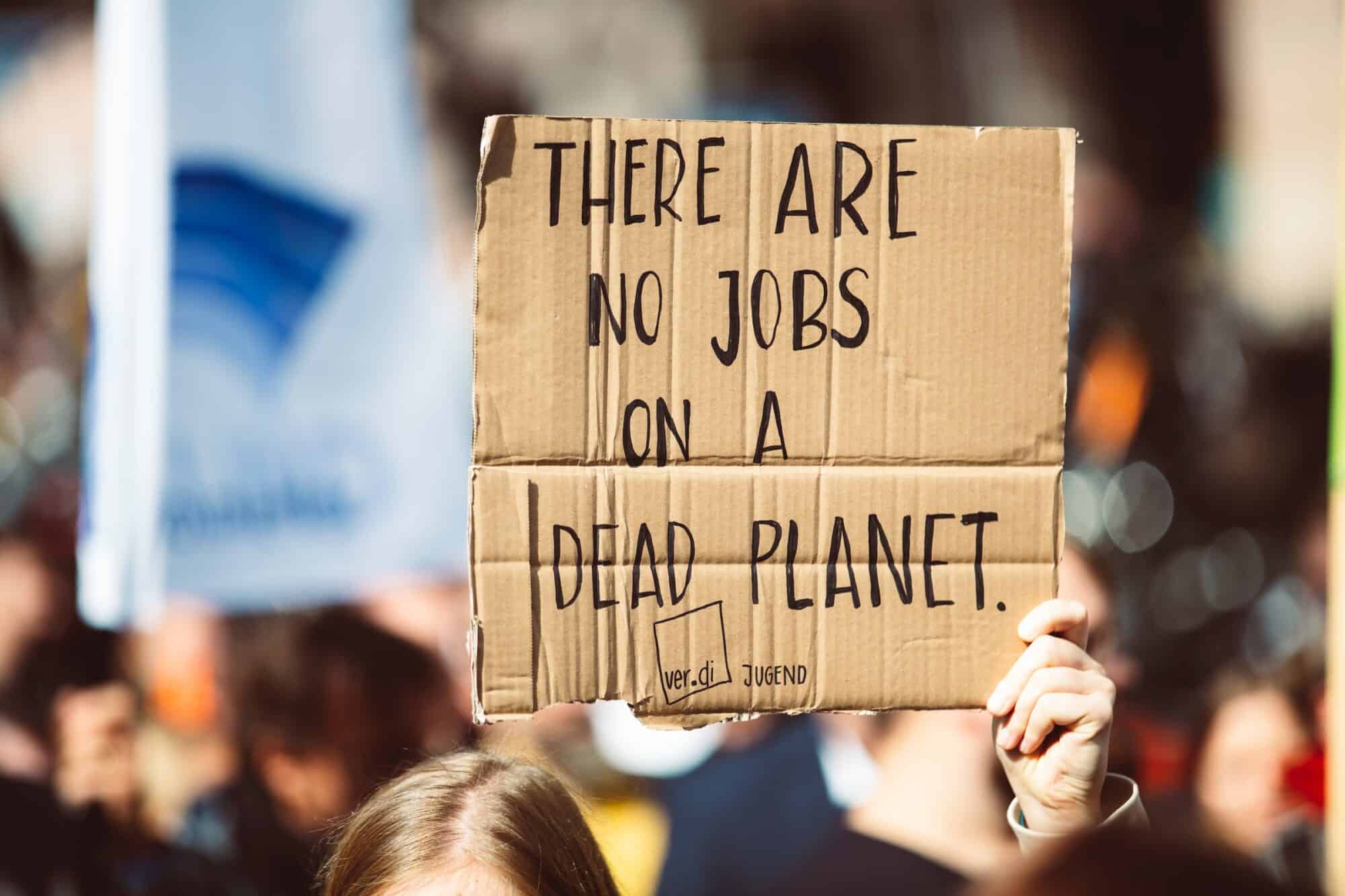Two new reports you should read on Just Transition
While droughts and high temperatures grab headlines, truly implementing FPIC should not be seen as a roadblock to climate action, but instead be seen as an integral part to build trust and smooth relations to reduce transaction costs for a Just Transition.










